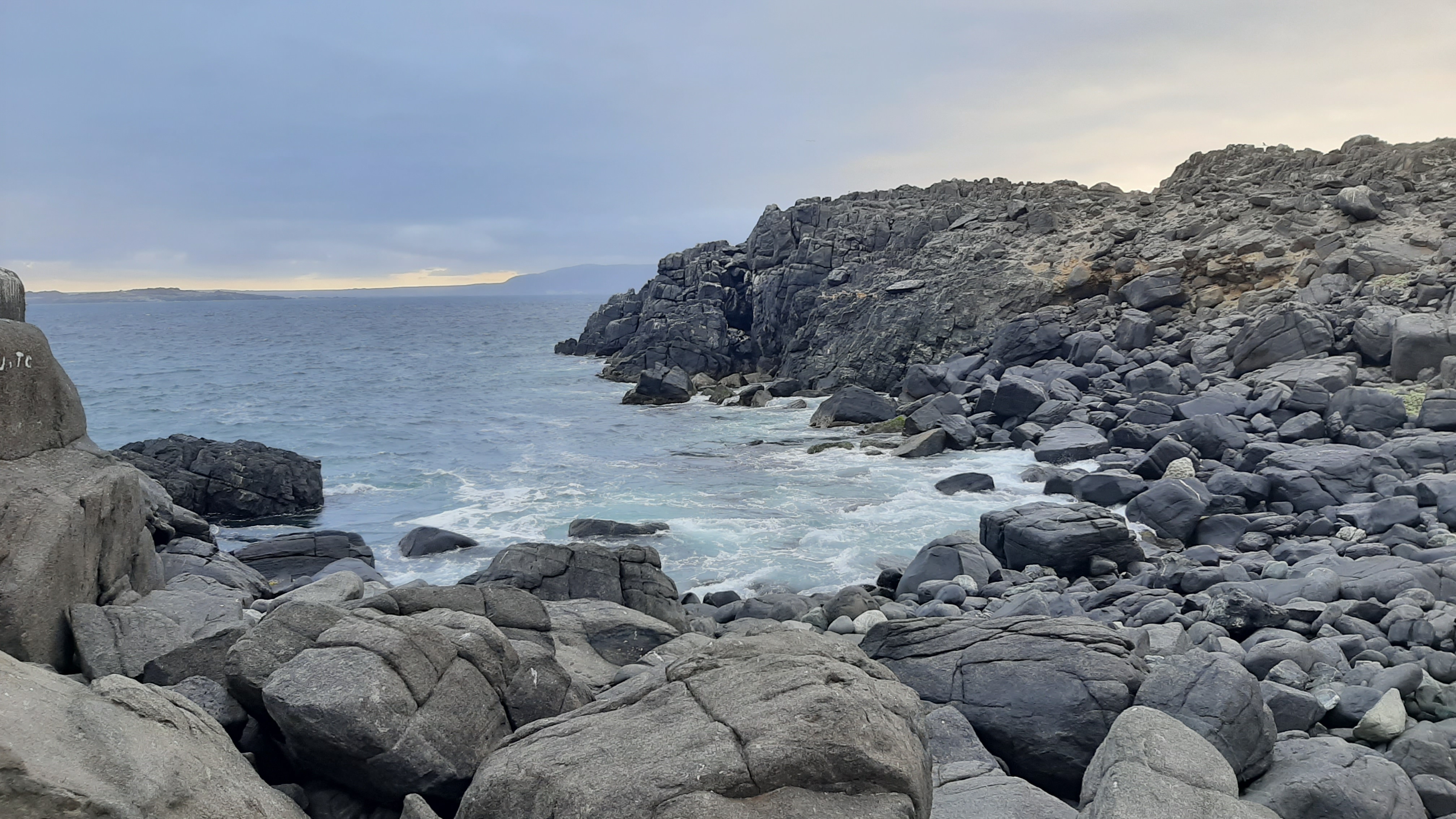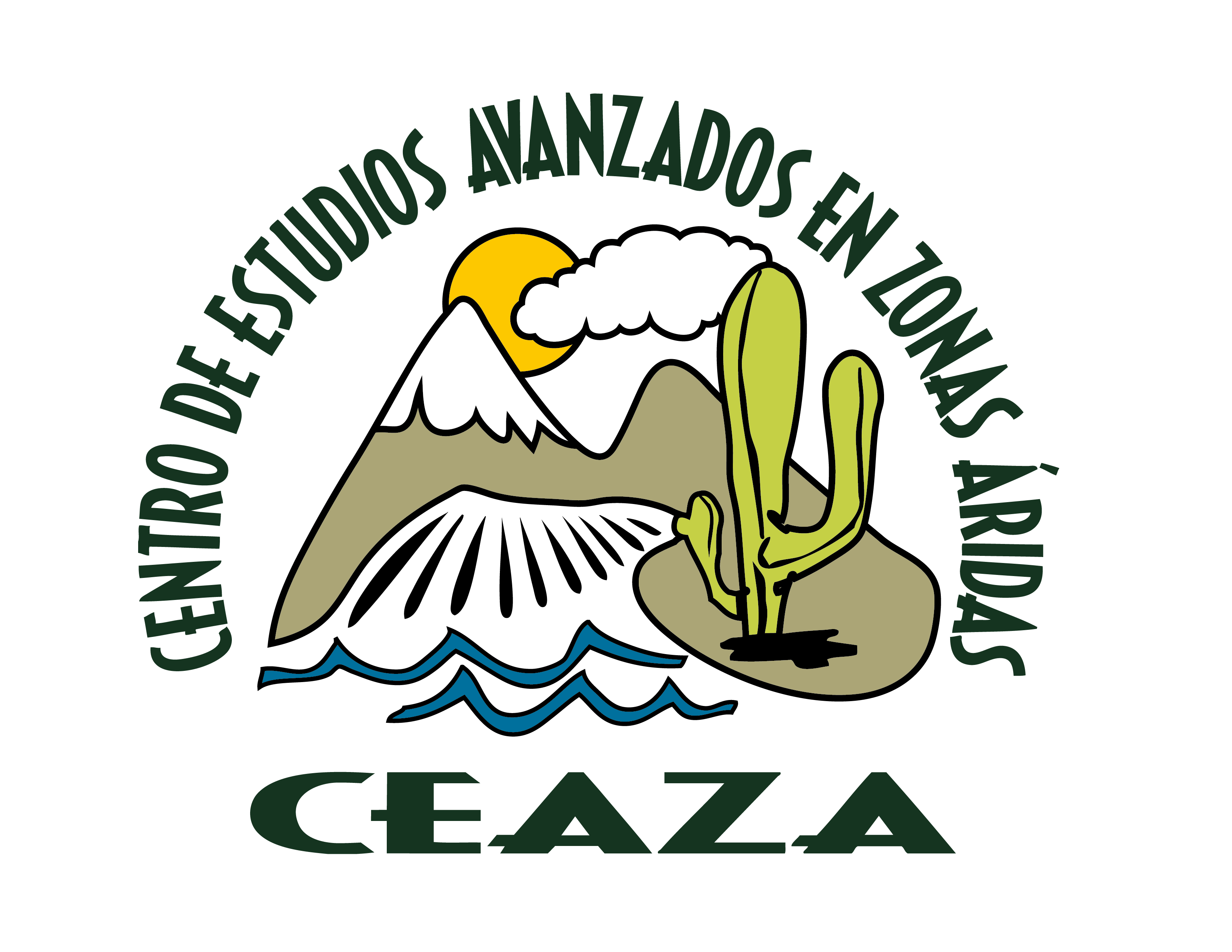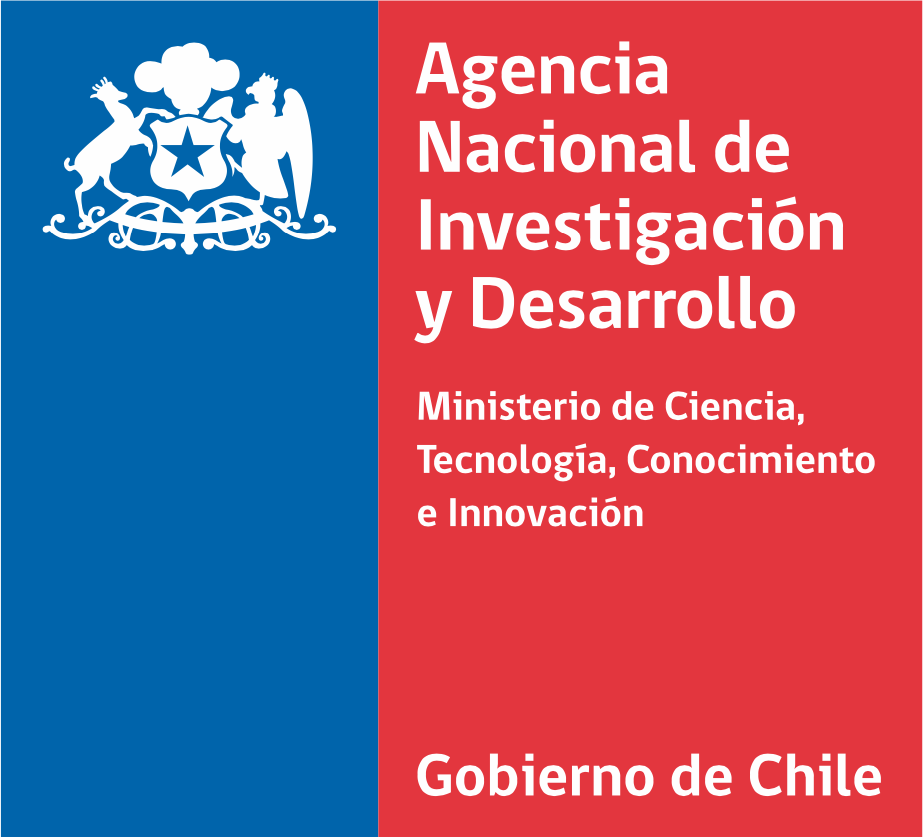Daniel Hernández
Research assistant
Archaeologist, Universidad de Chile
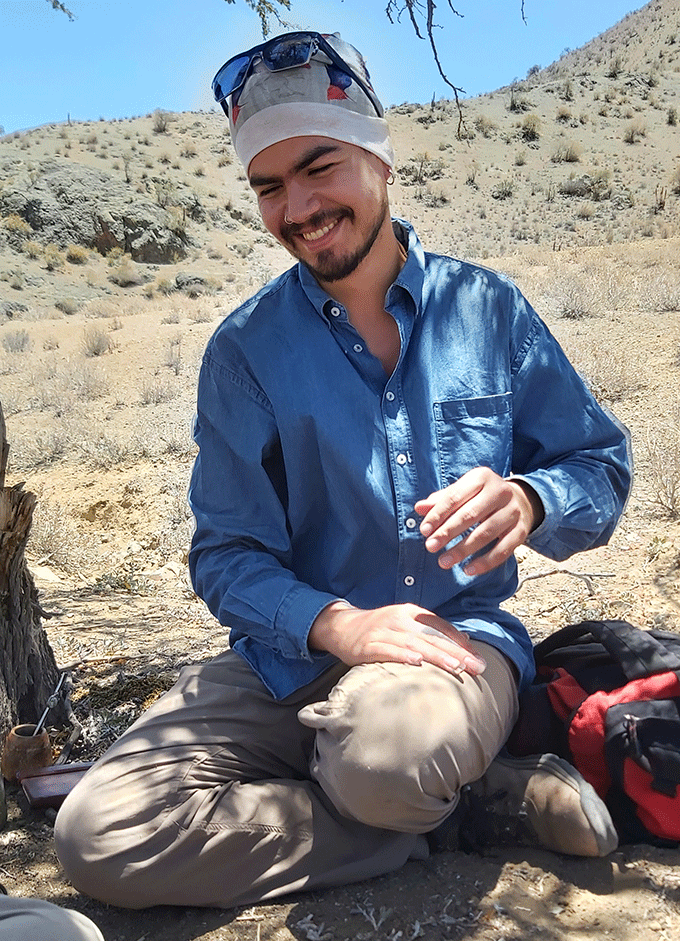
I specialized in the analysis of mollusk shells from archaeological contexts and the research area is the Elqui-Limarí coast (29-30°S). I am interested in understanding the relationship that human groups have built with the sea through time, as well as in strengthening the territorial and historical identity of local communities based on the value of their archaeological heritage.
My work in the project “Archaeological Shell Fishhooks” is to systematize all data obtained from 1) contextual information of fishhooks analyzed at the Chilean museums, and 2) literature review on abundance of invertebrate species from archaeological deposits along the northern coast of Chile. The organization and analysis of these data, among others, is crucial to evaluate the socio-cultural contexts of fishhook use and the availability of raw material for their production.
.
Felipe Rivera
Research assistant
Sociologist, Universidad Central, Chile
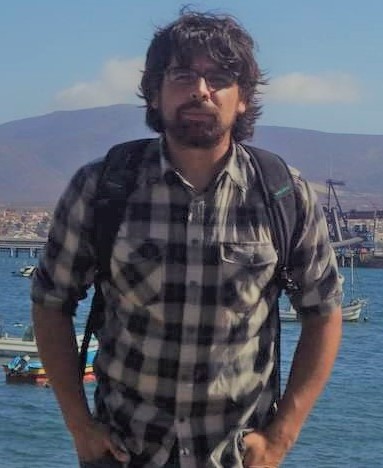
I work with artisanal fisher groups in wharfs from the north and south of Chile. I have also studied processes of identity construction of current hunter-gatherer societies that inhabit the semi-arid coast of Chile (29°S). I am interested in the reconstruction of manufacture techniques of tools used by coastal groups in the past, such as the sea lion leather rafts built and used by my great grandfather Roberto Álvarez in Caleta Chañaral de Aceituno.
My role in the project is to coordinate the ethno-archaeological work at different artisanal fishing communities along the coast. I will coordinate and record the manufacturing process of fishhook replicas and the workshops where this knowledge will be shared with local coastal communities. I am also in charge of coordinating experimental fishing trips where the efficiency and strength of shell fishhooks will be tested. The ethnographic work will be crucial to evaluate archaeological interpretations about this fishing technology in Chile and the Pacific coast.
Alberto Arancibia
Maker of archaeological replicas
Artisan
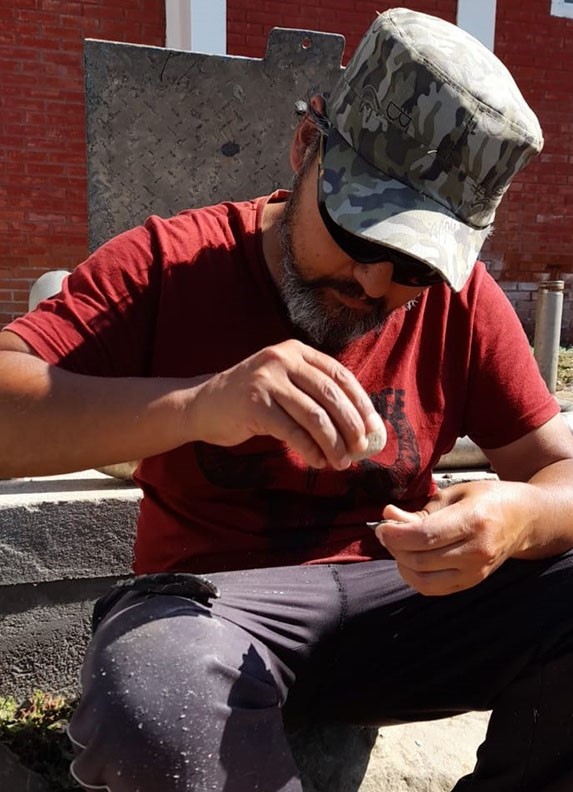
Over the past few years I have learned how to produce replicas of archaeological artifacts, such as lithic projectile points and bone harpoons. Some of these replicas are currently in the Archaeological Museum at La Serena, Chile. In my experience as a maker of archaeological replicas, I have developed a strong link to the different raw materials and the way to transform them into tools or ornaments.
My job in the project is to manufacture replicas of fishhooks on Choromytilus chorus shells and describe the learning process of doing it. In the challenge of reconstructing hook manufacture techniques, I use local raw materials such as stones and bones and follow different methods to replicate shapes recorded in archaeological sites. The production of tools used by the ancient Changos (indigenous sea-fishing groups) will be of great value to improve what we know about their ancestors, and will bring back to present ancient fishing techniques.
Verónica Alcalde
Graduate student
Archaeologist, Universidad de Tarapacá, Chile
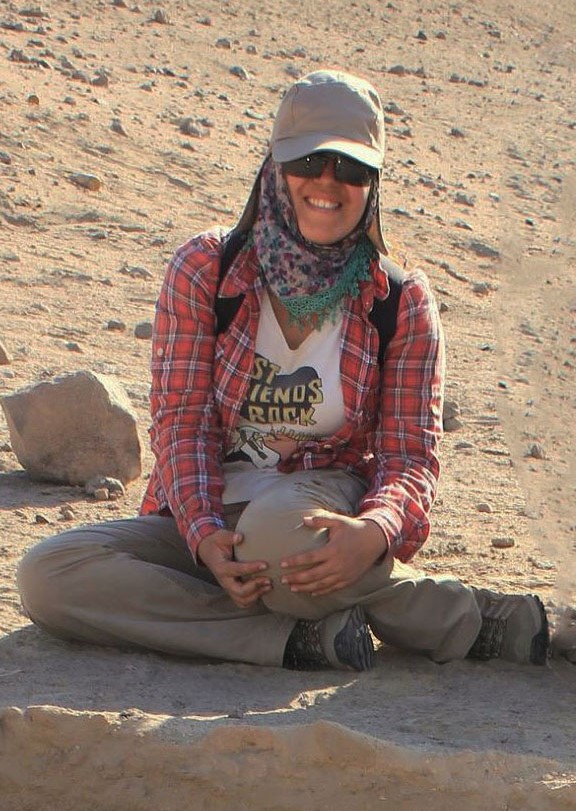
My research interest focuses on the relationships that humans have maintained with the sea at different places and moments in time. My focus has been the study of archaeo-malacological assemblages and pre-Hispanic fishing technologies (specifically hooks) present along the coast of the Atacama Desert. The study of these artefacts helps to understand local ecological learning, the transmission of this knowledge, and the link between technological innovation and processes of social complexity.
During the project, I will be in charge of running morphometric analysis on shell fishhooks. Using Geometric Morphometric tools, the artifacts will be characterized through coordinates that will describe their shapes. This will allow us to evaluate changes over time and compare the shapes of the hooks from different archaeological sites. Morphological variability of the hooks, together with analyzes of manufacture marks, will let to evaluate hypotheses about technological and functional aspects of fishhook shapes under different types of prey and fishing strategies.
Carola Flores
Project director
Archaeologist, Ph.D. University of California
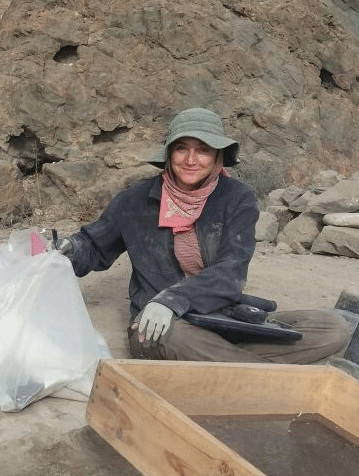
My main scientific interest is to generate collaborative knowledge about coastal Archaeology and the human groups that have inhabited the Pacific coast. Focusing on archaeo-malacological assemblages from different coastal locations, I have studied mollusk shells as food, raw material, artefacts and palaeoclimatic records. Through these data, I have explored research questions about human shellfish gathering strategies; the influence of palaeo-oceanographic conditions on fishing and gathering communities; and the development of fishing technology
As the director of the “Archaeological Shell Fishhooks” project, I coordinate all activities necessary to answer our research questions about archaeological shell fishhooks in Chile. These questions cover the antiquity of the technology, the manufacture process and their efficiency at different habitats and prey. Through ethno-archaeological studies on fisher wharfs and several archaeological analyzes on museum collections, our project will enhanced what we know about the origin and development of fishhooks in Chile, and will enrich the long history of fisher communities in our country and the Pacific.. A través de estudios etnoarqueológicos en caletas de pescadores y diversos análisis arqueológicos a colecciones de anzuelos resguardadas en museos, el proyecto busca contribuir al conocimiento sobre el origen y desarrollo del anzuelo en Chile y de esta forma enriquecer la larga historia de las comunidades pescadoras de nuestro país.
